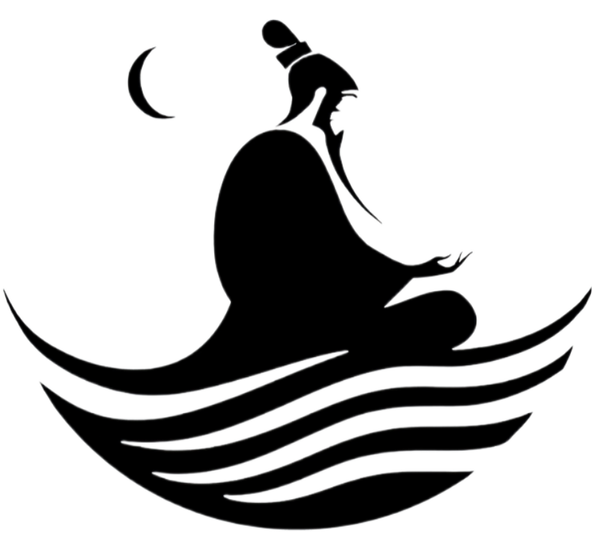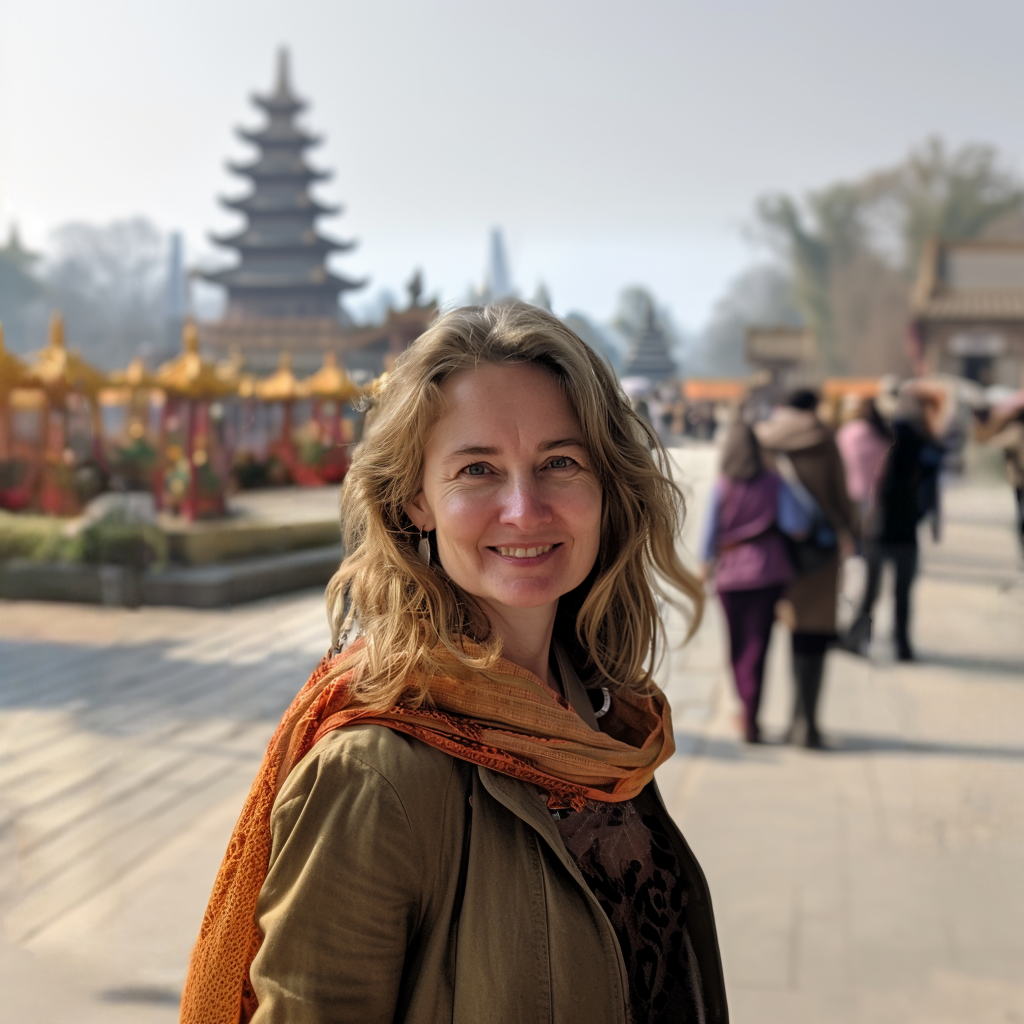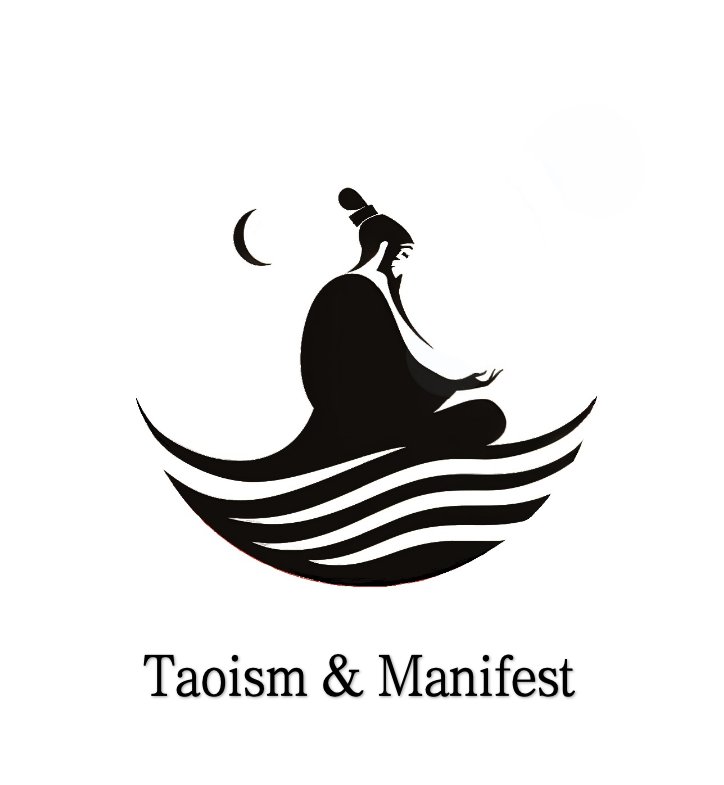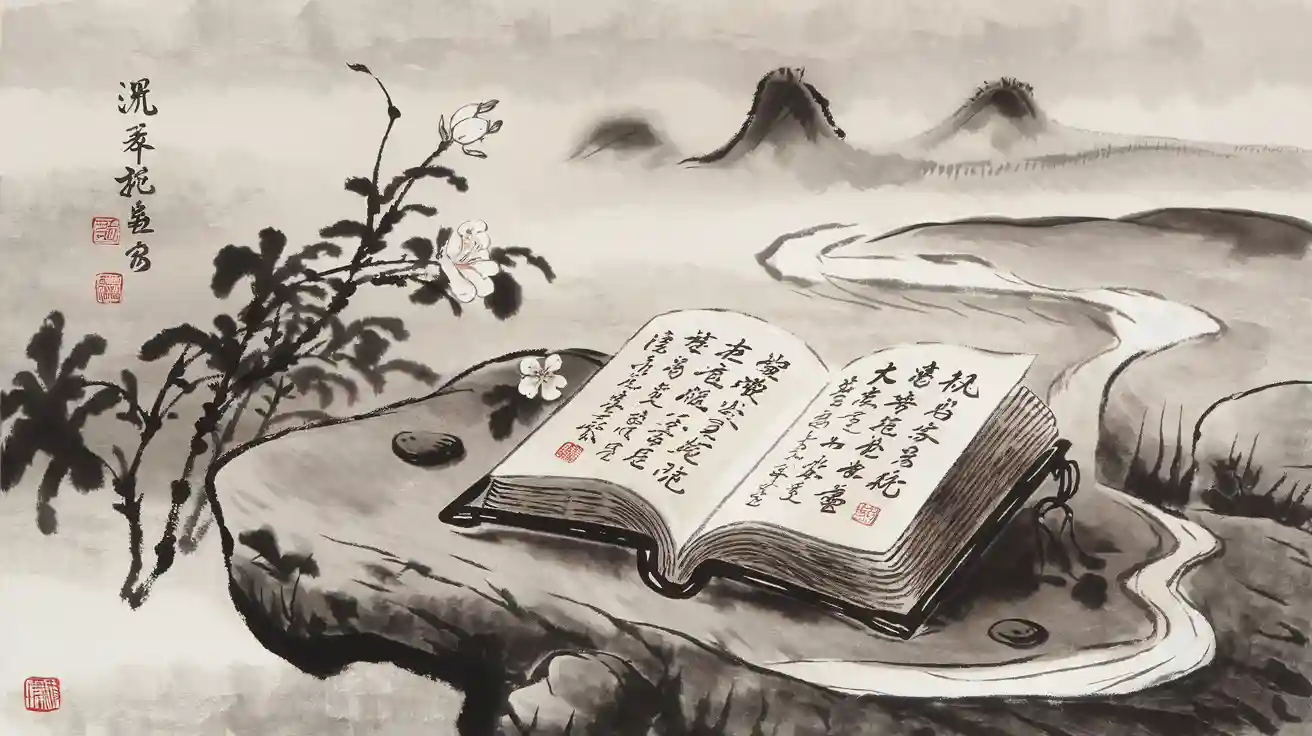
What makes some truths hard to explain? The tao that can be told is hard to describe. It often disappears when people try to explain it. People have always tried to understand it, but the tao is still a mystery. Old books like the Tao Te Ching and Zhuangzi help people see life’s mysteries in new ways.
The mystery of the tao changes how people think about life, art, and science.
Historical Document or Study |
Description |
Influence on Modern Thought |
|---|---|---|
Tao Te Ching (Laozi) |
Main Taoist book about reality and harmony |
Changed philosophy, spirituality, and modern writing |
Mathematical Modeling of Taoist Concepts |
Uses math to show yin-yang balance and time cycles |
Shows how science and math use these ideas |
The tao that can be told makes people look for truth beyond words.
Key Takeaways
The real Tao cannot be fully explained with words. It is a mystery that goes beyond names and descriptions.
The Tao Te Ching was probably written by many people over time. It teaches people to live simply and with balance. It also teaches humility and harmony with nature.
The Tao is where everything comes from. It guides people to act naturally and not force things.
The Tao Te Ching has shaped philosophy, culture, and spirituality for hundreds of years. It still helps people find peace and wisdom today.
Following the Tao helps people be kind, calm, and understanding every day. It gives a timeless way to grow as a person.
The Tao that Can Be Told is Not the Eternal Tao

Meaning of the Phrase
The Tao Te Ching starts with a famous line. It says, "The Tao that can be told is not the eternal Tao. The name that can be named is not the eternal name." This line has confused and inspired people for a long time. It tells us that the real Tao cannot be explained with words. The Tao Te Ching uses this idea to show that the true Tao is always beyond what we can say. When people try to talk about the Tao, they only describe a small part of it.
When someone says "the Tao that can be told," it means any explanation is not enough. Names and words are always limited. The real Tao cannot be named. The eternal Tao is always more than words. This idea asks people to look for meaning beyond what they can say.
The Tao Te Ching wants people to look deeper. It asks them to see things in new ways and to accept that some things will always be mysterious.
Many thinkers have tried to explain the Tao over time. They learned that the eternal Tao shapes everything, but it stays hidden. The Tao Te Ching uses easy words, but its ideas are deep. It teaches that the eternal Tao creates all things, but it cannot be fully explained.
Limits of Language
Words help people share ideas, but they have limits. The Tao Te Ching shows that words can only point to the eternal Tao. Names are just labels. They cannot show the whole Tao. When people use words, they make borders. The real Tao has no borders.
Think about trying to tell someone what water tastes like. You might say it is cool or fresh, but these words do not match the real taste. The Tao is like this. The Tao that can be told is only a small part. The eternal Tao is always beyond words.
Recent studies in language agree with this idea. Experts found that even smart computers, like GPT-4, have trouble with deep meanings. These computers can follow rules and copy patterns, but they miss the real meaning. This shows that language, no matter how good, cannot fully show the eternal Tao or reality.
The Tao Te Ching uses the phrase "the name that can be named" to remind us of these limits. The real name cannot be spoken. The Tao that can be told is always less than the eternal Tao. The book asks people to accept mystery and to find meaning in silence as well as in words.
The Tao Te Ching and its ideas about the eternal Tao have shaped culture for many years. Many important people and scholars have studied these teachings:
Contributions and Context |
|
|---|---|
Lao Tzu |
Main thinker in Chinese philosophy and Taoism. |
Chuang Tzu |
Philosopher from the 3rd century B.C. who talked about change and opposites, and helped shape Taoist ideas. |
Yang Hsiung |
Philosopher from the 1st century B.C. who mixed Confucian ideas with Taoism and made Taoist thought different from groups focused on immortality. |
Wang Ch’ung |
Philosopher from the 1st century A.D. who also helped shape Taoist ideas, like Yang Hsiung. |
Academic Sources |
Contributions and Context |
|---|---|
Dr. Arthur Waley |
Showed that early Chinese writings were often anonymous and used to help memory, giving background for Taoism’s history. |
Stephen Eskildsen |
Wrote about how Taoism became a religion, how Buddhism influenced it, and how Taoist books with moral rules were made. |
Cultural Impact |
Description |
|---|---|
Taoism’s role in Chinese culture |
Taoism and Confucianism are both important in China. They shape art, poetry, religion, and thinking. |
Taoism changed from a philosophy to a religion by the 2nd century A.D. Organized groups spread Taoism and started social movements. |
|
Buddhist influence |
In the 4th century A.D., Buddhist ideas mixed with Taoism. This made Taoist books focus more on spiritual growth, and these books are still important today. |
The Tao Te Ching and the idea of the eternal Tao still shape art, thinking, and daily life. The name that can be named will never be enough, but searching for answers helps people get closer to the Tao.
Tao Te Ching Origins
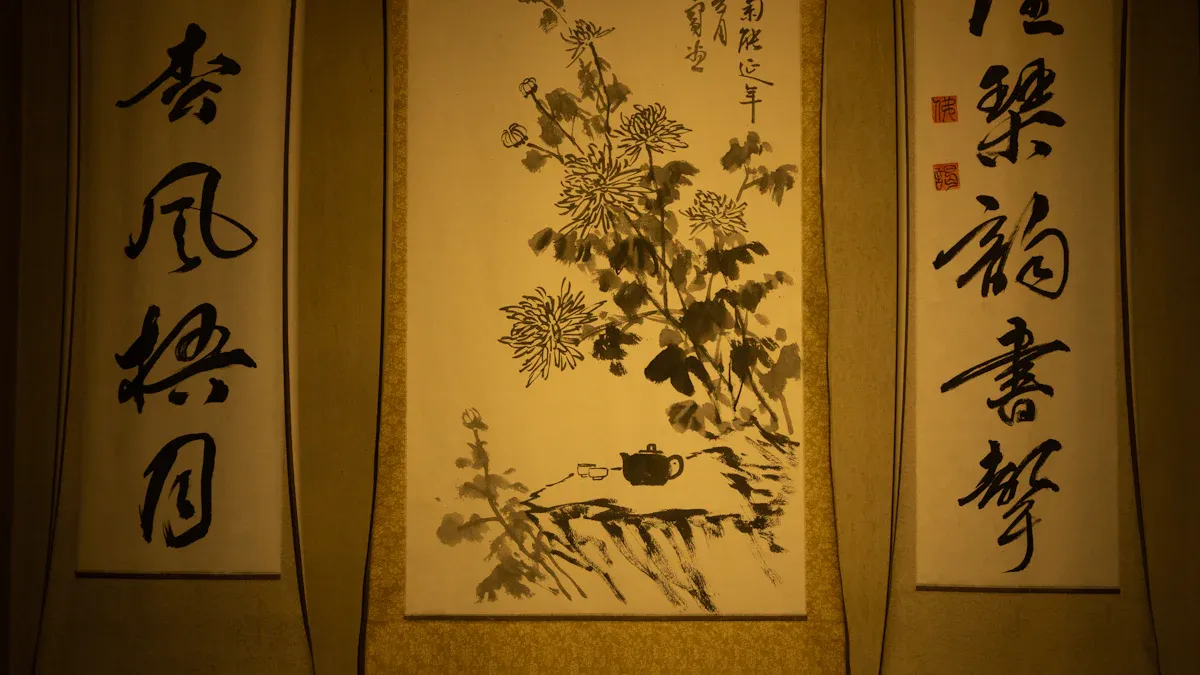
Lao Tzu and Authorship
Who made the Tao Te Ching? Many people think a wise man named Laozi wrote it. Laozi, also called Lao Tzu, is in old stories as a quiet man who kept records. Stories say he got tired of problems in the world and wanted to leave China. At the border, a guard asked him to share his wisdom before he left. Laozi wrote the Tao Te Ching and then disappeared. This story inspires many people, but historians have other ideas.
Most experts think Laozi is more of a legend than a real person. There is no clear proof he lived. The Tao Te Ching probably did not come from just one person. People from different times added their thoughts. The book changed over many years. Archaeologists found old copies on bamboo and silk. These copies show the text changed as it was shared. For example, the Guodian Chu Slips were found in Hubei and are very old. They have parts of the Tao Te Ching. The Mawangdui Silk Texts were found in a tomb from 168 BC. They have two versions of the book with chapters in a new order. These finds show the Tao Te Ching has a long and complex past.
Evidence Type |
Description |
Date/Period |
Notes |
|---|---|---|---|
Mogao Caves Manuscripts |
Over 50 partial and complete manuscripts found near Dunhuang, including the lost Xiang'er commentary |
1920s-1930s discovery |
Manuscripts older than received texts, showing textual variants |
Two nearly complete copies (Text A and B) found in tomb, reversing traditional chapter order |
Tomb dated 168 BC |
Text A dated early 2nd century BC, Text B later; show differences in chapter order |
|
Guodian Chu Slips |
Oldest known version on bamboo slips, about 800 slips with 13,000 characters, 2,000 matching Tao Te Ching |
Dated prior to 300 BC |
Consistent with received texts but with graphic variants and chapter sequence differences |
Textual Versions |
Principal versions named after Han dynasty commentators Yan Zun, Heshang Gong, and Wang Bi |
1st century BC to 3rd century AD |
Reflect textual transmission and commentary tradition |
Chronological Theories |
Linguistic and historical analysis suggest compilation during late Warring States period |
Circa 250 BC |
Text likely compiled from orally transmitted sayings; dating debated relative to other classics |
Laozi’s name is still linked to the Tao Te Ching. Old books, like those by Sima Qian, tell stories about him. These stories helped people remember the teachings. Later, scholars like Wang Bi added their own ideas. This made the Tao Te Ching even richer. The book became very important for Taoism. It shaped how people think about the tao and how to live.
The story of Laozi and the changing book shows the Tao Te Ching is alive. It holds many voices from different times.
Purpose of the Text
Why did people make the Tao Te Ching? The answer comes from the world where Laozi lived. Ancient China had wars, weak leaders, and many problems. People wanted peace and order. The Tao Te Ching gave a new way to think about life and ruling. It became a guide on how to live and a special book about life. The book gave rulers advice on being kind and wise. It taught that the best leaders act quietly and let people live with the tao.
The Tao Te Ching also showed people how to live well. It taught people to find balance and peace in a changing world. The book said the tao is the source of everything. It told people to follow nature and not force things. This message helped people see the value of patience, humility, and emptiness. The Tao Te Ching became a guide for rulers, thinkers, and anyone who wanted wisdom.
Scholars found that the Tao Te Ching was not just for leaders. It kept deep wisdom about the tao as a force in the universe. The book taught that everything comes from the tao and goes back to it. This idea became the heart of Taoism. The Tao Te Ching told people to live simply and trust the natural flow of life.
Many people today still read the Tao Te Ching for its wisdom. They see it as a timeless guide for living well.
The Tao Te Ching is both a political guide and a spiritual book. It teaches that true power comes from knowing the tao and acting with care. The book’s wisdom has lasted for centuries. It still inspires people to look for harmony, balance, and a deeper understanding of life.
The Tao Explained
Source of All Things
The Tao stands as the foundation of everything in the universe. People often call it the source of all things because it gives birth to the world and everything in it. The Tao does not have a shape or a name. It remains eternal, never changing, yet always present. Many experts and thinkers have tried to describe the Tao, but they agree that it cannot be fully captured by words.
Archie J. Bahm explains that the Tao is the ultimate source of all phenomena. He says that Nature, or Tao, cannot be described completely, but every attempt to describe it still points to its presence.
Stephen Mitchell translates ancient texts that call the Tao the formless, perfect, and eternal mother of the universe. He places the Tao among the "four great powers"—the universe, earth, man, and Tao itself.
Philosophers compare the Tao’s holistic view to modern science. They see the Tao as a reality that goes beyond normal description and includes both opposites, like yin and yang.
Some physicists and writers link the Tao to the foundation of reality. They say the Tao brings together opposites and shows a flowing, lawful, but mindless nature.
E.A. Burtt and others discuss how Taoism offers a different way to see the world compared to Western science. They see the Tao as a principle that stands beyond fixed laws, especially in the face of quantum uncertainty.
The Tao stays eternal and unchanged, yet it creates and supports everything. People who want to understand the Tao must look beyond what they see and hear. The Tao is the gateway to all understanding.
Tao in Daily Life
The Tao shapes daily life in many ways. People who follow the Tao learn to live in harmony with nature. They do not force things to happen. Instead, they practice non-action, which means letting things unfold naturally. This does not mean doing nothing. It means acting in a way that fits the flow of life.
The Tao teaches people to stay simple and humble. When someone follows the Tao, they find peace and balance. They do not chase after power or wealth. They trust the Tao to guide them. The Tao helps people see that everything changes, but the eternal Tao remains the same.
People use the Tao to solve problems and make choices. They listen to their hearts and watch the world around them. The Tao gives them strength and wisdom. It helps them stay calm in hard times. The Tao is always there, even when life feels uncertain.
The Tao invites everyone to live with awareness and kindness. It offers a path to peace and understanding for those who seek it.
Influence of Tao Te Ching
Impact on Philosophy
The Tao Te Ching has shaped many wisdom traditions across the world. Philosophers in ancient China used the Tao Te Ching to explore the nature of the tao. They saw the tao as the source of all things and the path to true wisdom. The Stanford Encyclopedia of Philosophy lists many studies that show how the Tao Te Ching influenced early Chinese thinkers. Books like Fung Yu-lan’s A History of Chinese Philosophy and Graham’s Disputers of the Tao explain how the tao became a key idea in both Confucianism and Buddhism. These traditions learned from the Tao Te Ching and used its teachings to guide their own beliefs.
The Tao Te Ching also changed how people think about language and truth. Its style uses simple words but deep ideas. The tao cannot be fully described, so the book teaches that words can only point to the truth. This idea challenges Western philosophy, which often tries to define everything with clear words. Chad Hansen and other scholars show that the Tao Te Ching treats language as a tool for living, not just for naming things. The tao invites people to see beyond words and find meaning in silence and action.
The Tao Te Ching’s focus on the tao and effortless action has inspired thinkers to question old ideas and search for new ways to understand life.
Modern Relevance
Today, the Tao Te Ching continues to guide people who seek wisdom and balance. Many use its lessons to find peace in a busy world. The tao teaches people to live simply and trust the natural flow of life. This message helps people handle stress and change. The tao also shapes art, medicine, and even business. People use the tao to solve problems and build better relationships.
Writers like Michael LaFargue and David Hall show that the tao’s lessons fit modern life. The tao teaches people to act with care and to let things unfold. This approach helps people find harmony at work and at home. The Tao Te Ching’s ideas about the tao and effortless action have become part of global wisdom traditions. People from many cultures now use the tao to grow in spirituality and understanding.
The tao offers a path to peace and wisdom for anyone who follows it.
The Tao Te Ching remains a powerful guide for those who want to live with purpose and kindness.
The tao’s lessons help people see the world in new ways and find meaning every day.
The tao remains a mystery that invites everyone to seek deeper understanding. The Tao Te Ching inspires people to look beyond words and find wisdom in daily life. Many discover that the tao shapes choices, actions, and peace of mind. Readers can reflect on how the tao guides their own journey. Exploring Taoist philosophy helps anyone grow and find balance. The tao offers a path to wisdom for those who want to learn more.
Take the next step. Let the tao lead you to new insights and personal growth.
FAQ
What does the phrase "the tao that can be told is not the eternal tao" mean?
This phrase from the first verse of the tao te ching shows that the true tao cannot be fully described. Words create limits. The eternal tao remains beyond communication in language. People must look past names to understand the tao and its mysteries of existence.
What inspired laozi to write the tao te ching?
Laozi saw chaos and conflict in his world. He wanted to share a handbook on how to live life with wisdom and peace. The tao te ching became a sublime treatise on life, offering a timeless reflection on the nature of reality and a treatise on how to live.
What is the purpose of the tao te ching?
The tao te ching guides people to understand the tao and find harmony. It teaches wuwei, humility, and balance. This text serves as a gateway to all understanding and helps readers discover the mystery of the tao and the eternal name behind all things.
What role does paradox play in taoism?
Paradox helps people see that truth often hides in opposites. The tao te ching uses paradox to show that the unnamable is the eternally real. The name that can be named is not the eternal name. This approach leads to deeper understanding and wisdom.
What makes the tao te ching important for modern spirituality?
The tao te ching shapes wisdom traditions worldwide. Its lessons help people find peace, balance, and understanding. Many see it as a spiritual guide that goes beyond words. The tao te ching remains a powerful source of truth and a timeless reflection on the mysteries of existence.
See Also
What People Get Wrong About Wu Wei
